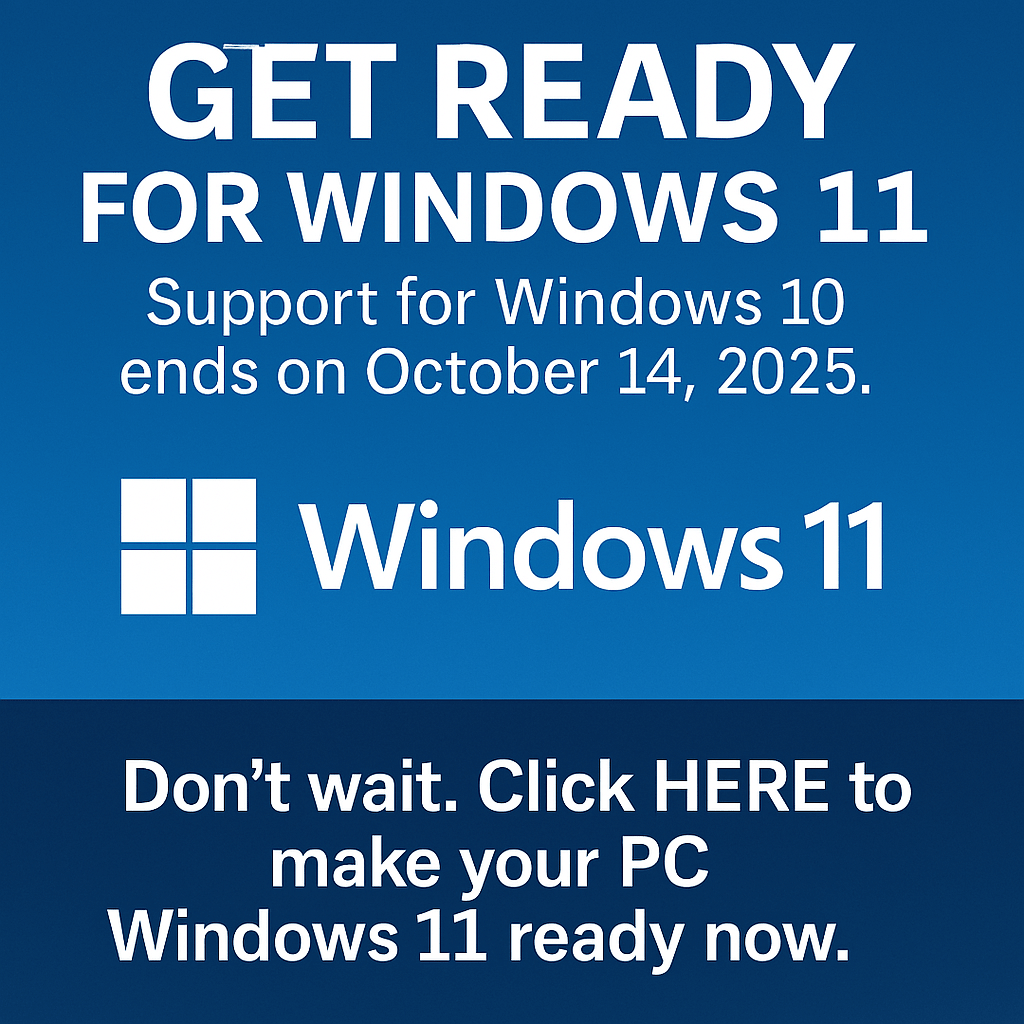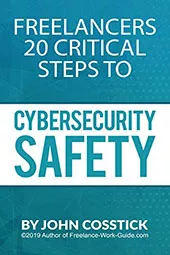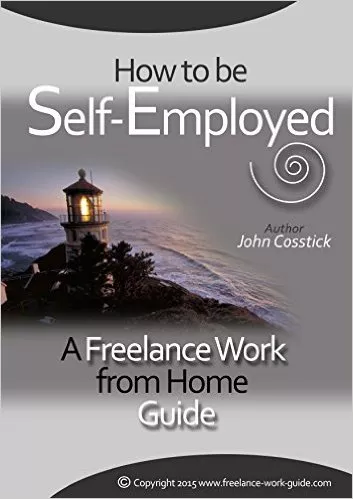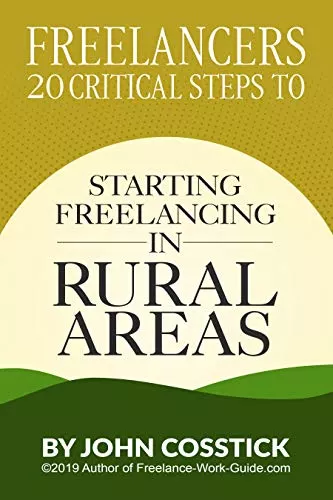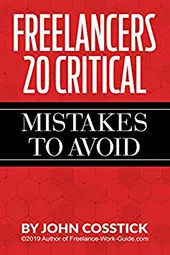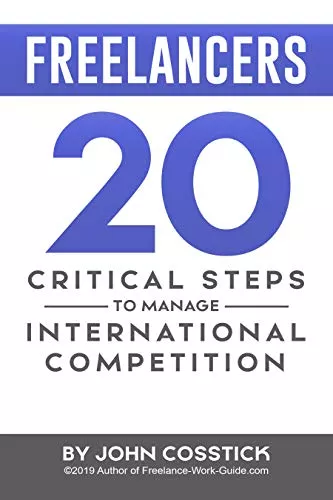These Listicles explain important information you need to know about successfully working from home.
Enter your information below and I’ll instantly send you your Exclusive Member’s Area.
It’s password protected and available to our valued subscribers only.
You’ll gain access to 13 exclusive Listicle articles that teach you vital information for becoming a successful work-from-home freelancer.
Learn tips such as:
- How to negotiate as a freelancer
- Important office design tips
- Questions to ask your retirement planner
- How to become a paid social media manager
- 11 solid tips on how to decide on your freelancer rates
- Questions to ask your health insurance adviser
- And so much more!
Enter Your Info Below:
SPECIAL NOTICE: Due to the Coronavirus crisis we have deferred issuing our newsletter and recommend that you subscribe to our newsletter pending resumption. This will give you access to the free listicles. However, in the meantime we recommend subscribing to the Freelancers Mutual Aide Circle newsletter here: https://www.trupo.com/mutual-aid-circle . This is associated with the Freelancers Union and you can read their Mission Statement here: https://www.trupo.com/about-trupo. I am sure that you will agree that during these challenging times it is the correct decision for you.
HERE IS A COPY OF ONE OF OUR NEWSLETTERS
How to build healthy business relationships as a freelancer
If you just communicate, you can get by. But if you communicate
skillfully, you can work miracles. -Jim Rohn
Building and maintaining client relationships is a central part of working life, and this is particularly important for freelancers and small businesses. Whatever type of product or service you are providing it is an essential consideration that you have lasting and trusted relationships with the people who provide you with work. You can be the very best at what you do, but treat your clients badly and you’re going to lose valuable projects.
Freelancers starting on their own can suffer from a lack of credibility – clients are naturally wary of new businesses. It’s important to develop this credibility, and therefore trust, as quickly as possible, to ensure a growing client roster and a profitable business.
Providing the best work efficiently and on time are the basics of freelance work, but we can go beyond this by learning more about our customers, teaching skills and sharing knowledge, and creating networks.
Here is a guide from tutsplus.com on how to build healthy business relationships as a freelancer.
Motivate Yourself
People often say that motivation doesn’t last. Well, neither does bathing – that’s why we
recommend it daily. – Zig Ziglar
Personal motivation is essential to retaining almost all aspects of life. If we are not inspired, we’re prone to waste our time as well as neglect our personal and professional targets. If you want to build a successful business, you’ve got to learn how to hack motivation. Here are 8 clever ways you can try.
Productivity Tip Of The Week
Time management is a challenge for all of us, but we freelancers face a unique set of issues when it comes to making the most of our time. Not only are we juggling projects, we’re juggling several clients and simultaneously trying to find new work. Here are 15 effective time management strategies for freelancers.
Work-Life Balance Tip Of The Week
Holidays are coming through. Sure, you want to take some time off for some festive fun and relaxation. But, without careful planning and preparation, you’ll likely find yourself buried under piles of work — rather than piles of holiday cheer. Read this article to learn how to take some well-deserved time off without sacrificing your professional reputation.
Financial Tip Of The Week
If you’re a freelance entrepreneur, one of the trickiest and sometimes uncomfortable parts of the job is setting freelance rates and adjusting that rate for changes. There isn’t one set formula for setting freelance rates. But there are some things you can take into account to make the whole process easier. Check out these 23 tips that will help you.
Here is a copy of one of the free listicles. This listicle is aimed at increasing your freelancing rates:
11 Pay Rate Tips For Freelancers
As a freelancer, one of your hardest tasks is deciding what to charge. It’s really somewhat of a balancing act. If your rates are too low, you won’t be making enough money to cover your costs.
Plus, you could cause problems for other people in your field who will risk losing clients if they don’t lower their prices to match yours. On the other hand, if you charge too much, people won’t even consider using your services.
Either way, setting the right pay rate can mean the difference between success and failure.
One of the difficulties with freelance work is that it isn’t usually a “one rate fits all” kind of market.
There are a lot of factors to consider, and what you decide to charge can depend on the type of project and your level of expertise.
While it may not be your favourite part of the job, it is necessary (you want to be paid, right?). So, here are few tips that will help you determine the correct pay rate for the services you provide.
1. Keep Service Value In Mind.
Why is the client hiring you? For example, many companies use a freelance social media manager to promote their businesses and expand their customer base.
They prefer to outsource this job because it costs less than hiring employees to handle these tasks in-house. Essentially, you are doing something that they don’t want to do themselves.
And, there is value in that. In many cases, they need you as much as you need them, so keep that in mind when you are setting rates.
2. Consider Your Needs.
You may enjoy your freelance work, but ultimately, you are in it to make money, no?
Before you set any rates, consider all your expenses, calculate the costs involved, and decide on a price that will appeal to customers while still allowing you to make a living.
3. Know The Competition.
Find out what others are charging for the same (or similar) service.
Remember to balance it with your experience and expertise. People are willing to pay more for a certain skill set or level of knowledge, so make sure you are comparing apples with apples.
Do some research before you start quoting rates. Your client will!
4. Realize Your Value.
Are you worth what you are asking? Does the client agree? Know what you bring to the table and don’t be afraid to justify your rates if you think they are reasonable.
Consider your experience, specialized knowledge, level of expertise, positive referrals, and repeat client base. Taking into account all you have to offer, come up with a quote that reflects your value, and then convince the client that you are worth it.
5. Consider The Current Supply and Demand.
Anyone familiar with the business world knows that rates can fluctuate based on supply and demand. And, freelance work is no different.
If there are a lot of jobs but a shortage of freelancers in your specific area of service, the rates will be higher. On the other hand, if there are too many freelancers competing for limited jobs, the rates will be lower. This can also work on an individual basis.
If your schedule is full and your time is in great demand, you may be able to charge more for your services because people are willing to pay extra to hire you rather than someone else.
6. Don’t Forget Indirect Benefits.
Many freelancers depend on referrals to grow their business. It may be beneficial to do some jobs at a lower rate – and for positive referrals – in order to build up a portfolio and a reputation.
Some very influential people sit on the boards of non-profit organizations, so offering to do some freelance work for a local charity at a reduced price (or even for free) could open up other opportunities.
7. Look At The Scope Of The Job.
Every job is different, which is why some freelancers may run into problems if they choose to charge flat rates. In most cases, it is better to price each project individually.
For example, as a freelance graphic artist, you may have two clients who ask you to create a logo for their business. One client may envision something that includes a lot of details, layering, and intricacies requiring a significant amount of time and skill.
However, the other client may want something much simpler that can be completed in half the time.
Or, as a social media manager, one client may require you to strategize and create campaigns while another will simply ask you to interact with/respond to customers and monitor forums.
Rates depend on what the client is asking for. How much time will the job require? How complex is the project? Find out what is involved, establish a clear understanding of expectations, and price accordingly.
8. Negotiate.
Does this word make you nervous? It can be scary, but it is a skill that you must acquire as a freelancer.
A lot of confidence comes when you know your value, know what you are offering, know the market, and know your client. The first number that either side presents is usually not set in stone, so don’t be afraid to negotiate and work out a deal that benefits both you and the client.
9. Rate Response.
Freelance work can be competitive, and with fluctuating markets it can be hard to know if your rates are fair at any given time. One of the best ways to tell is by gauging client response.
If you aren’t getting a lot of referrals or repeat clients, you may be charging too much.
However, if you suddenly find yourself with a huge influx of customers coming from other freelancers, your rates may be too low.
Be careful with this measurement, though, since there are also other explanations for client behaviour such as the quality of your work, the speed of your work, or the financial state of their business.
10. Be Open To Change.
Rates are never permanent. The market is always changing, so you
should too! You need to regularly review your pricing in order to stay competitive. As your experience, reputation, and level of expertise grows, you may be able to charge higher rates.
However, you must also be prepared to adjust your prices if the demand for your services declines or if you are establishing yourself in a new market. Sometimes, you need to go with the flow.
11. Consider The Client.
Some clients are able – and willing – to pay more than others. In some
cases, you may charge a struggling business, a family member, or a low-income client less until they are established enough to pay full-rate.
You may also be able to work for a charitable organization in exchange for tax benefits. While each job should be considered individually, so should each client. Sometimes what you view as a loss can actually be a great business builder (and it makes you feel good, too!).

